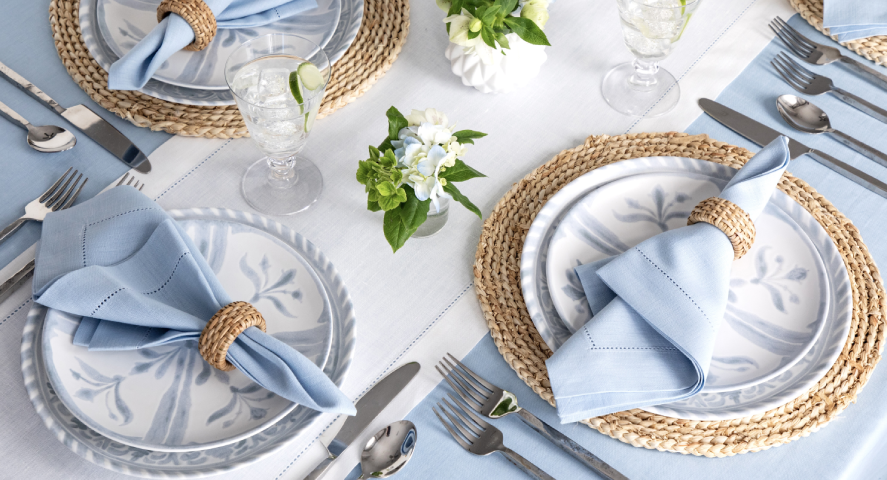
Summer is primetime for vegetable garden lovers. If you’ve ever planted one, there is no better feeling than enjoying the fruits (and veggies!) of your labor. However, you’re also more than likely to harvest much more than you can possibly eat at the moment. Canning is one of the best ways to preserve and enjoy your bountiful harvest through the fall and winter.
For most beginners, the boiling water bath method is the simplest and most cost effective. Perfect for making tasty sauces, jams and pickling your veggies, this method involves submerging your filled jars in boiling water to lock in the fresh flavor. Here is a quick beginner’s guide to canning.
Gather your gear: If you’re new to canning, you’ll need to invest in a few budget-friendly supplies to ensure the process is a success. Mason-style glass jars with tight fitting lids are the centerpiece of the entire canning process. You can easily find these online or at your local grocery, hardware or any convenience store. You can certainly use a regular stock pot for the process, but recommend purchasing a canning rack. This will elevate the jars just enough so they are not touching the bottom of the pot while boiling and makes for easier removal. If you don’t have a pot that is deep enough, you can find a specialty canning pot wherever you buy housewares. Most will hold at least 21.5 quarts of water and accommodate up to eight jars. A pair of long tongs or a specialty jar lifter will also get the job done. You’ll also need a ladle and a wide-mouth funnel, both of which will ensure you pour your chopped up fruits, veggies, jams and sauces into the jars effectively. Spare cloths or linen towels such as our Farmhouse Stripe Kitchen Towels are helpful too for quick and easy clean-ups along the way and for cooling later on.

Prep and fill: Once you’ve gathered your gear, it’s time to prep. Make sure to properly sterilize your jars so ensure there won’t be any contaminations for your preserved foods. Once you have selected a few recipes to follow, slice and chop up the fruits and vegetables you’ll be preserving and mix them with the recommended liquids and spices of your recipe. Note: Lemon juice is a smart idea to help keep the pH balance of acidic tomatoes balanced, while some recipes will recommend adding ascorbic acid solutions to fruits to prevent browning. As you fill, be sure to leave about an inch at the top of the jar. Produce will expand and you want to make sure they have enough room in the jar during the process.

Boil away: Fill your pot halfway with fresh water and boil. Once the jars are tightly sealed and you’ve gotten rid of any air bubbles, be sure to clean up any drips. Gently submerge the jars into the boiling water, closely following recipe instructions. The length of boiling will depend on the type of produce you’re boiling, as well as the altitude you live in. Once your recipe’s recommended boiling time is up, use the jar lifters or tongs to remove the jars and rest on a dry cloth. As they settle, you will hear them pop, letting you know the lids are sealing all of the goodness inside! Let them cool for about a day, then check them by pressing down on the center of the lid. If it springs back, the seal is not ideal for long-term storage. Label your canned goods and store in a cool dry place to enjoy in the months to come!
















